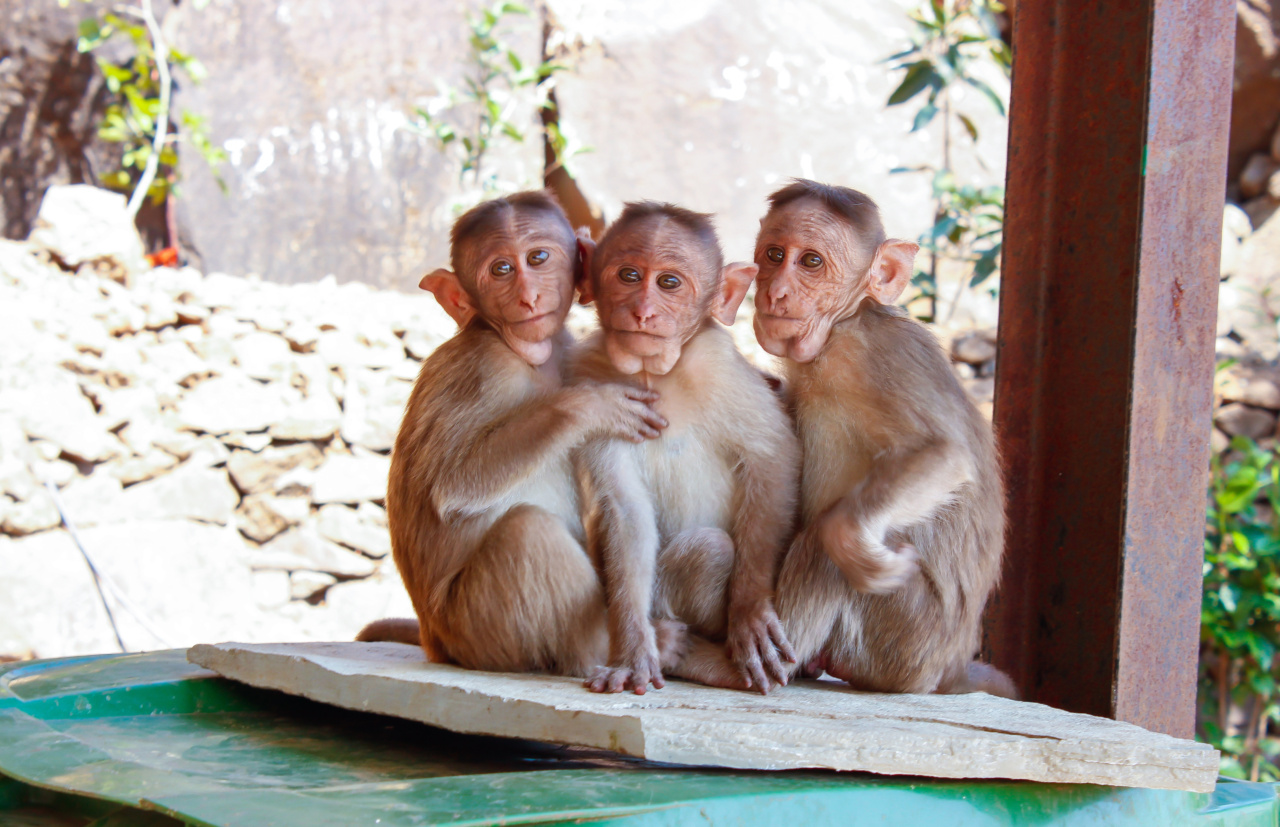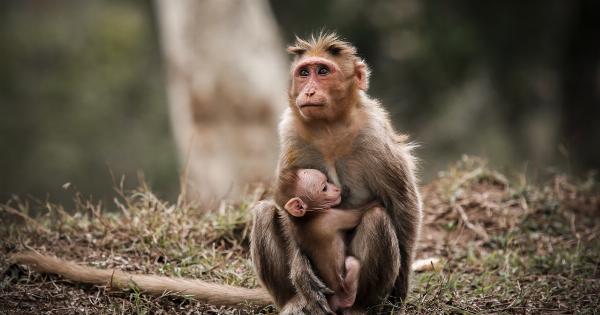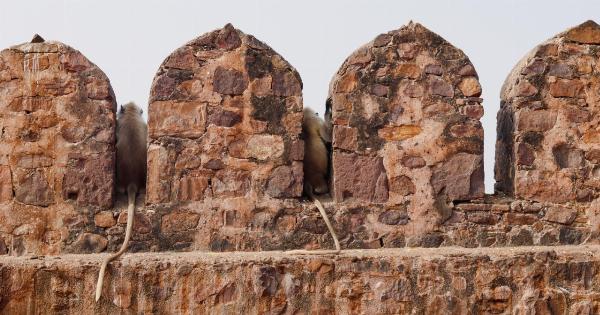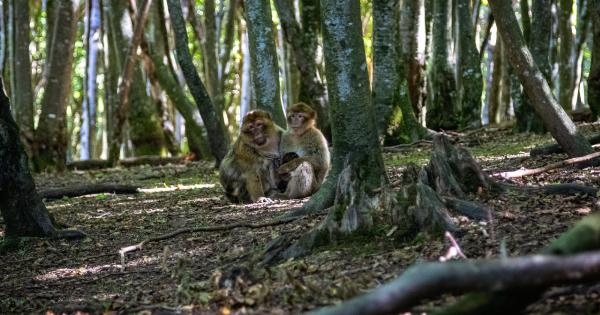Recent studies have brought to light new reports of the presence of Plain of Monkeys in our country. These fascinating creatures, known for their distinct behavior and striking appearance, have long intrigued researchers and wildlife enthusiasts alike.
The discovery of their existence in our country not only offers valuable insights into their behavior and ecology but also highlights the need for conservation efforts to protect these rare and endangered species. In this article, we delve into the details of these new reports, shed light on the characteristics of Plain of Monkeys, and discuss the implications for our country’s biodiversity.
The Plain of Monkeys: An Overview
The Plain of Monkeys, scientifically known as Simia planus, is a unique species of primates that inhabit vast grasslands and open plains.
They exhibit a distinctive reddish-brown coat with patterns of black and white, making them easily distinguishable from other primate species. Their slender frame, long limbs, and strong tails enable them to traverse a wide range of habitats, making them incredibly agile and adaptable.
Behavior and Social Structure
Plain of Monkeys are highly social animals, living in large groups known as troops.
Troops can range in size from as small as 20 individuals to upwards of a hundred, depending on various factors such as resource availability and environmental conditions. Within the troop, there is a clear social hierarchy, with dominant individuals at the top and subordinates lower in the ranks. This social structure helps maintain order, facilitates cooperation, and ensures the well-being of the group as a whole.
Diet and Feeding Habits
These primates are primarily herbivores, with a diet consisting predominantly of fruits, leaves, seeds, and flowers.
Their well-adapted dentition allows them to consume a wide variety of plant material, ensuring their survival even in times of food scarcity. However, they have also been observed consuming insects and small vertebrates on occasion, providing them with additional sources of protein when necessary.
Habitat and Distribution
The discovery of Plain of Monkeys in our country is particularly significant as it expands their known habitat and distribution range.
Previously thought to be confined to remote regions and distant grasslands, the presence of these primates within our borders sheds light on the resilience and adaptability of the species. They are commonly found in areas characterized by semi-arid conditions with sparse vegetation, although they can inhabit a range of habitats across different ecosystems.
Threats and Conservation
Despite their remarkable ability to adapt, Plain of Monkeys face various threats to their survival.
Habitat loss due to agricultural expansion, urbanization, and deforestation is a significant concern, as it reduces the availability of suitable habitats and resources for these primates. Additionally, the illegal pet trade poses a grave threat, as these unique creatures are highly sought after due to their distinctive appearance.
Conservation efforts are crucial to ensure the long-term survival of Plain of Monkeys and other endangered species.
It is essential to establish protected areas, develop sustainable land use practices, and educate local communities about the importance of biodiversity conservation. By raising awareness and fostering a sense of stewardship, we can work towards safeguarding these remarkable creatures and preserving the delicate balance of our ecosystems.
Conclusion
The new reports of Plain of Monkeys in our country provide a valuable glimpse into the diversity and richness of our nation’s wildlife.
These unique and captivating primates have long fascinated researchers and the general public alike with their striking appearance and intricate social dynamics. It is our responsibility to ensure their continued existence and well-being by taking proactive measures to conserve their habitats and combat the threats they face.
Through targeted conservation efforts and public awareness, we can contribute to the preservation of these remarkable creatures for generations to come.





























